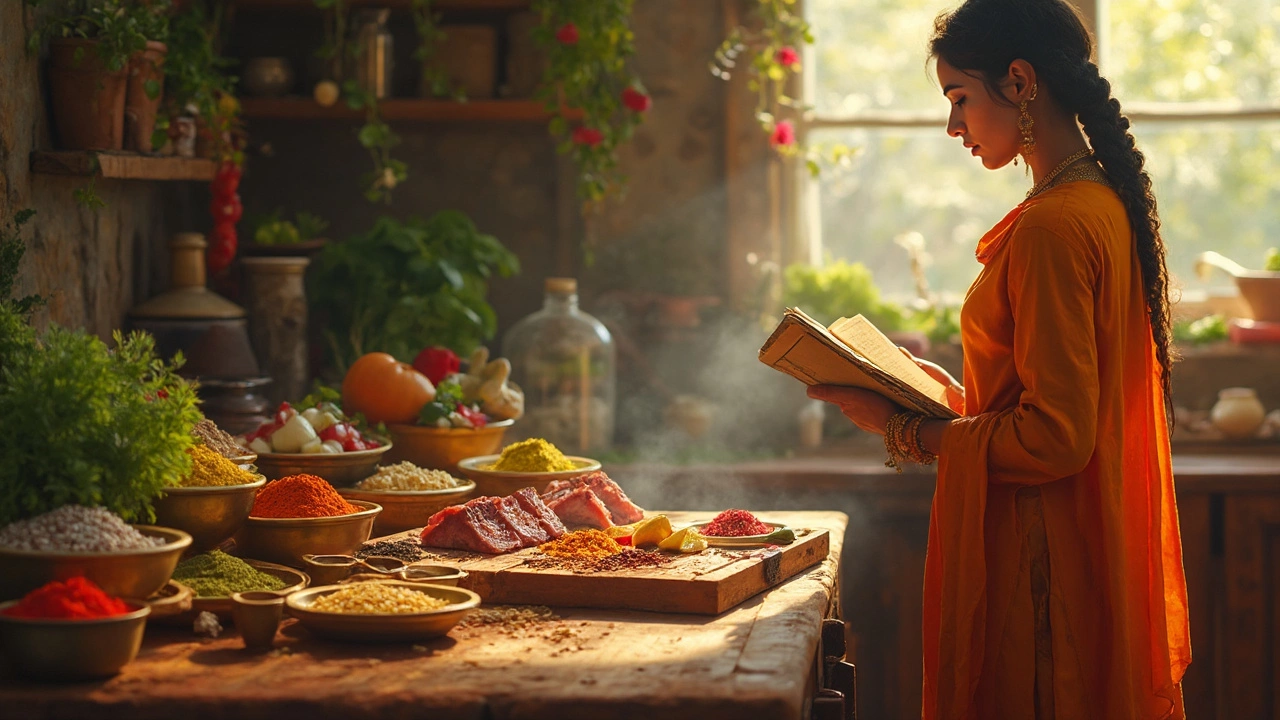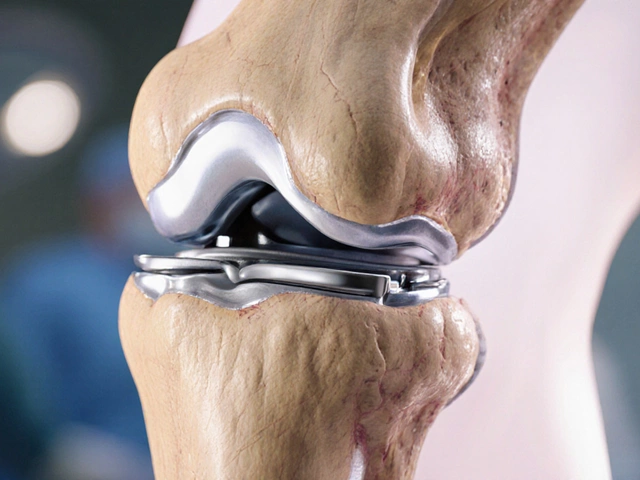Meat: What It Does for Your Body and How to Use It Wisely
Meat shows up on many Indian plates, but not everyone knows the full story. Some people love it for protein, others worry about cholesterol. Let’s cut through the hype and give you clear, everyday advice on when meat can help, when it might hurt, and how to make the best choices for your health.
When Meat Can Help Your Health
First off, meat is a solid source of high‑quality protein. That means it provides all nine essential amino acids your body can’t make on its own. If you’re building muscle, recovering from surgery, or just need steady energy, a modest portion of lean meat can be a quick fix.
Besides protein, meat gives you iron, zinc, and B‑vitamins that are easier for the body to absorb than plant sources. For many Indians, especially women of reproductive age, the extra iron can help prevent anemia—a common issue.
That doesn’t mean you should pile on a steak every day. The key is moderation. A palm‑sized portion of chicken breast, fish, or lean mutton a few times a week is enough to cover your needs without overloading on saturated fat.
How to Choose and Cook Meat Safely
Buying the right cut is the first step. Look for meat that’s bright in color, firm to the touch, and has no strange smells. In India, you’ll often find labeled “fresh” or “grade A” – those are usually safe bets.
Next, think about processing. Fresh meat is generally healthier than heavily processed items like sausages or ready‑to‑cook kebabs, which can contain added salts, sugars, and preservatives that raise blood pressure.
Cooking matters a lot. Grilling, baking, or steaming keeps extra fat low. If you fry, use a light oil and avoid burning the meat, because charred bits can produce harmful chemicals. Always cook poultry to an internal temperature of 75 °C (165 °F) and red meat to at least 63 °C (145 °F) for safety.
Leftovers should be cooled quickly and stored in the fridge within two hours. Reheat only once and make sure it’s steaming hot before you eat. This simple routine stops bacterial growth and keeps food‑borne illness at bay.
Balancing meat with plant foods is another win. Pair a serving of chicken with a side of lentils, veggies, or whole‑grain roti. The fiber from plants helps digestion and can offset any extra cholesterol from meat.
Finally, listen to your body. If you notice that you feel sluggish after a big meat meal, try cutting back or switching to lighter options like fish or low‑fat poultry. Everyone’s digestion is different, and adjusting portions is a personal experiment.
In short, meat can be a helpful part of a healthy diet when you choose the right cuts, cook them properly, and keep portions in check. Mix it with plenty of vegetables, stay aware of how you feel, and you’ll get the benefits without the downsides.





